Earthjustice Regional Report
Northeast
For decades, Earthjustice has done groundbreaking work to address the impacts of pollution and climate change in the Northeast.
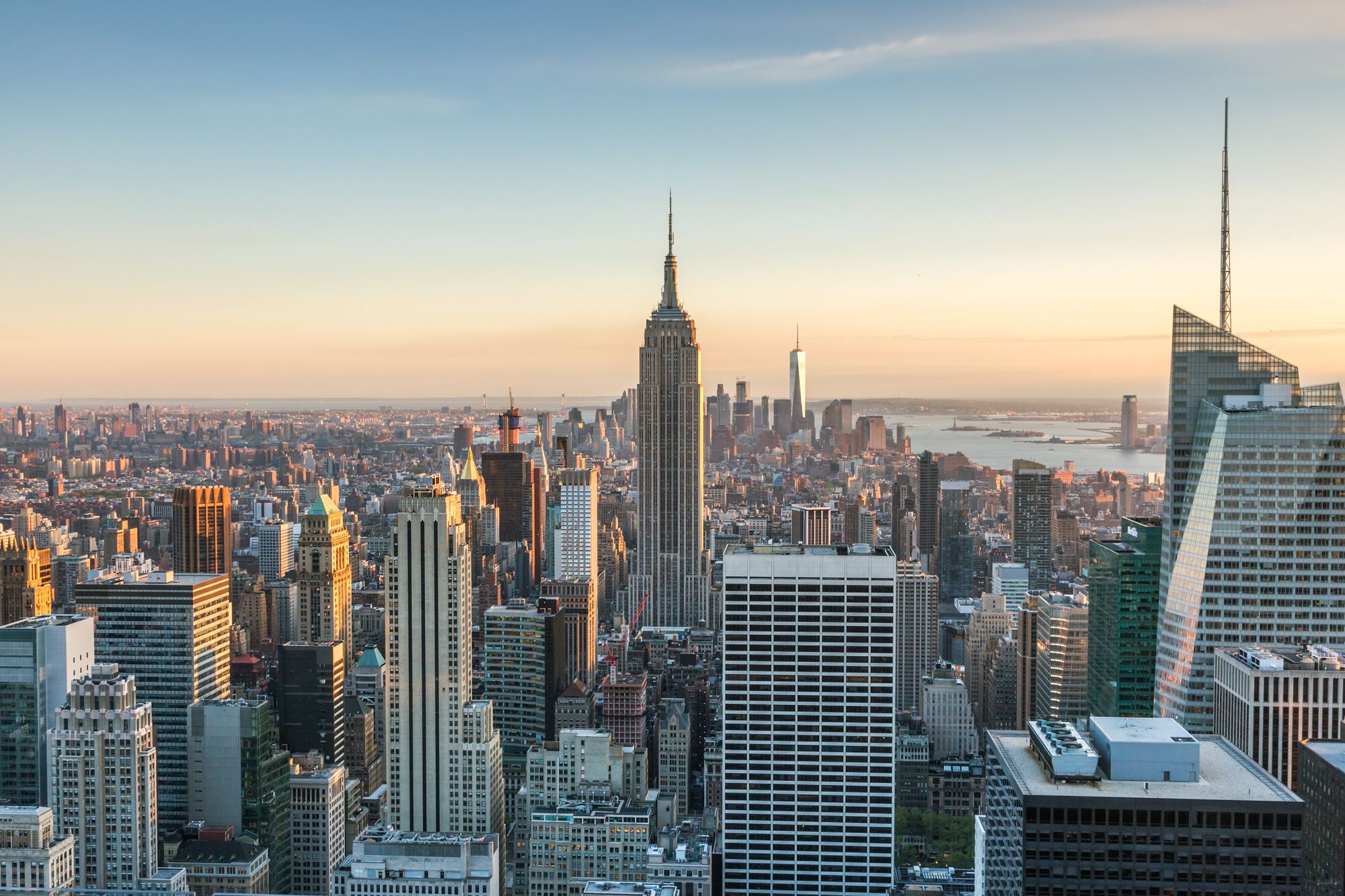
This region has always been on the forefront of what is possible in this country and is now where some of the nation’s boldest environmental laws — the culmination of many years of research, vision, and painstaking advocacy — are thriving, despite federal attacks.
Earthjustice will always defend states carrying the torch to protect people and the planet, and this work is center stage in the Northeast.
At the same time that we are playing defense, we have a ferocious offensive lineup. We are meeting lawlessness with lawsuits. Judges are agreeing with us, more than not, and the rulings we’ve secured are precedent for stronger affirmative action on climate. We also have a significant head start in the region. Strong climate laws have already been passed by elected leaders, the writing has long been on the wall for the biggest polluters, and more and more people not just believe they have a right to a healthy environment, but they are willing to go to court to fight for it, for as long as it takes. We are happy to report on some of our leading work.
Powerhouse State Climate Laws
New York Climate Leadership & Community Protection Act
We are litigating a case in New York state court to ensure agencies do not drag their feet in implementing New York’s pioneering climate law, the Climate Leadership and Community Protection Act (CLCPA), which sets forth mandates for greenhouse gas emissions reductions — a pathbreaking 40% reduction by 2030 and twice that by 2050. To meet these targets, the law tasks the state Department of Environmental Conservation (DEC) with promulgating regulations to drive down emissions across the state over time.
The DEC initially followed the process set forth in the CLCPA to gather recommendations and begin developing a regulatory framework. However, in January 2025, in an abrupt reversal, the DEC announced that the regulations would not be forthcoming and refused to provide a timeline. Instead, it says it only plans to issue some minor rules to adjust and expand existing greenhouse gas reporting requirements. Nothing in the reporting rules would require or incentivize emission reductions.
We are fighting back to demand the regulations required by law. And we will continue to push until the state fulfills the duties that were democratically mandated by the people of New York when elected lawmakers passed the CLCPA.
We represent environmental advocacy and environmental justice groups from across the state, including Citizen Action New York, PUSH Buffalo, WE ACT for Environmental Justice, and Sierra Club. We are co-counseling on this matter with New York Lawyers for the Public Interest and the Pace School of Law Environmental Litigation Clinic. We have several other efforts in the works to defend the CLCPA, including pushing back on an attempt to undermine the 2030 renewable energy mandate at the New York Public Service Commission.
Fighting New York Pulluters Case By Case
In addition to ensuring the CLCPA has integral implementing regulations, we continue using it to fight for climate justice case-by-case against individual polluters. In several matters, we are challenging air pollution permits for proposed gas plants intended to power cryptocurrency mining. The Finger Lakes Region is a prime target for this energy-hungry industry, which wants to revive retired or rarely operated gas and coal plants to power their operations around the clock. These proposals will spike air pollution in New York, including emissions of nitrogen oxide (NOx), by staggering levels.
Three Challenges to Gas Plants for Cryptomining
- We’re challenging an air pollution permit for the Caithness Long Island Energy Center, a gas-fired power plant located in an environmental justice community. The gas plant emits roughly one million tons of carbon dioxide annually — equivalent to that of 235 million gas-powered cars. It is one of the largest single sources of greenhouse gas emissions in the state of New York. The renewed air pollution permit for Caithness requires no reduction of the plant’s pre-CLCPA pollution levels, nor does it include any potential mitigation measures. Its approval guarantees high levels of greenhouse gas and localized air pollution.
- We’re continuing our years-long effort to defend the DEC’s decision to deny a Clean Air Act permit renewal for the Greenidge Generation gas plant on the shores of Seneca Lake. The plant transformed from serving the power grid to now predominantly serving an on-site cryptomining operation. Formerly, it was running only during peak energy usage. Now, it burns fracked gas 24/7/365. According to the company, in 2024, the facility emitted more than 400,000 tons of carbon dioxide — equal to that of roughly 93,000 gas-powered cars. This is more than triple the emissions levels before powering cryptomining. We will not stop fighting until Greenidge complies with the CLCPA.
- We are working, again, to limit greenhouse gas emissions from the plan to revamp operations at the 55 MW gas-fired Fortistar North Tonawanda power plant in Niagara County. Instead of serving the grid occasionally as a “peaker” plant, the company wants to operate it full-time to power cryptomining. At full capacity, it will emit an estimated 550,000 tons of carbon dioxide per year — equivalent to that of 128,000 gas powered cars. We defeated this proposal in court last year and will keep working until it’s gone for good.
New York Cumulative Impacts Law
New York’s Cumulative Impacts Law (aka the Environmental Justice Siting Law), which works in tandem with the CLCPA, was signed into law in 2023 and went into effect in January 2025. It requires state regulators to consider the impacts of a siting decision in environmental justice communities side-by-side with the community’s existing pollution burdens. Then, if the project would contribute more than a relatively minimal amount of pollution, the law requires state agencies to deny the pollution permit. Permit renewals must receive additional scrutiny as well.
Earthjustice worked closely with partners advocating for the law and negotiating its final form. With New York City Environmental Justice Alliance, South Bronx Unite, WE ACT for Environmental Justice, and others, we are deeply engaged in the administrative processes to help shape the law’s implementing regulations, without which the law would have no teeth. Our advocacy is to ensure that the final regulations transform permitting in New York to the benefit of the most vulnerable communities.
New York Climate Superfund Law
Along with Natural Resource Defense Council, we are seeking to intervene alongside the New York Attorney General to defend New York’s new Climate Superfund Act against three challenges: from the Trump administration, 22 states, and industry associations, respectively. Overall, the law seeks to shift the costs of addressing the harms of climate change from state residents and taxpayers to the fossil fuel companies most responsible. Climate superfund laws are revolutionary measures to mitigate impacts of climate change and an example of states working as laboratories for change that could scale to the national level. For these and other reasons they are highly contested.
$75 billion Climate Change Adaptation Fund
The law aims to raise $75 billion over 25 years to fund a Climate Change Adaptation Fund to protect the city. This fund will be used for climate infrastructure such as coastal wetland restoration, stormwater drainage upgrades, public health programs addressing climate-driven challenges, and responses to extreme weather events. At least 35–40% of the Fund’s benefits must flow to disadvantaged communities.
New Jersey Environmental Justice Law
For years, Earthjustice and partners helped to build, shape, and push forward New Jersey’s Environmental Justice Law, which sets forth mechanisms to reach goals for reducing and eliminating the disproportionate pollution burdens borne by environmental justice communities in the state. The law instructs the state to deny applications for new pollution permits and add additional protective conditions for renewing and expanding permits for existing facilities in these overburdened communities.
Fighting New Jersey Pulluters Case By Case
We are finally seeing the first few applications under the New Jersey law and are participating in the approval processes. These first cases will set the tone for the years ahead, and now is the time to get it right. We work with our key community and statewide partners — Clean Water Action, Ironbound Community Corporation, New Jersey Environmental Justice Alliance, and South Ward Environmental Alliance — and others impacted by the facilities in question.
Newark Does Not Need a Fourth Gas Plant
We are working with our longstanding partner the Ironbound Community Corporation in their fight to stop what would be a fourth gas plant in their neighborhood. Despite consistent and overwhelming opposition from residents and local elected officials, New Jersey allowed the permitting process for this new facility to move forward. Compounding the issue, the gas plant would power one of the country’s largest wastewater treatment plants, also a major polluter of the same neighborhood.
The decision ignores the health and well-being of thousands of residents. It relies on a decade-old analysis based on faulty assumptions and outdated technology. Modern science is clear that there are many cleaner alternatives that would eliminate the need for a new gas plant. We’ve appealed the related permits, and we filed a motion to halt construction while litigation proceeds.
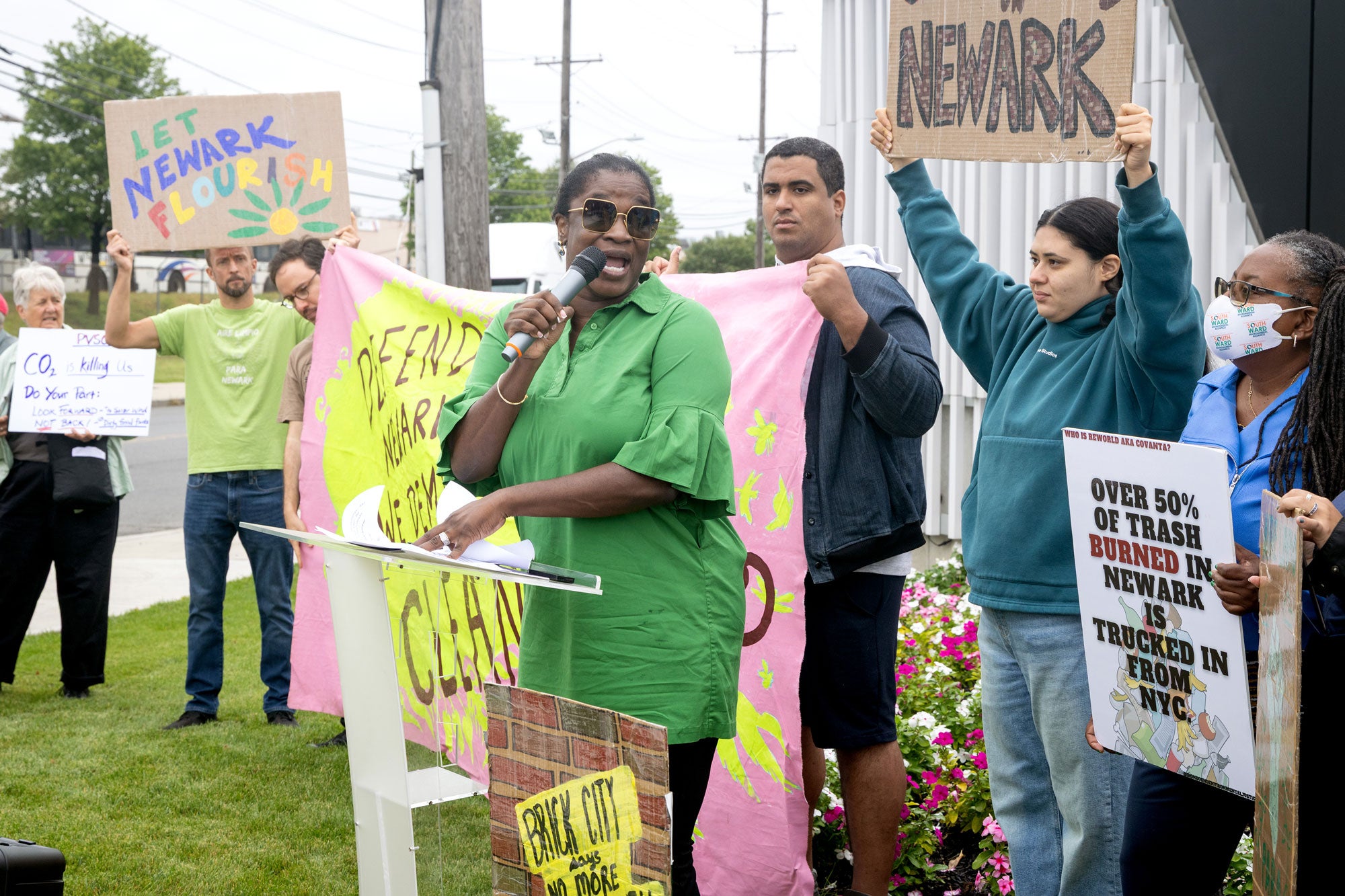
Clean Energy
New Pipelines in NY and PA. The Trump administration’s “energy emergency” has spurred gas company Williams Companies to try to resurrect two pipeline projects that have been rejected multiple times after extensive reviews and Clean Water Act compliance concerns. We’re working to defeat them, again. See below.
Location From Pennsylvania to New York, including an undersea portion through Raritan and Lower New York Bays
Reason for Rejection The proposed pipeline was not consistent with the states’ water quality standards under the Clean Water Act, and dredging for the pipeline could release sediments with toxic elements like mercury and copper.
Timeline
2019
New York and New Jersey reject the Northeast Supply Enhancement (NESE) pipeline.
2024
Williams Companies abandoned the project, and the Federal Energy Regulatory Commission (FERC) vacated the certificate of “public convenience and necessity.”
2025
Williams filed a request asking FERC to reissue the project’s vacated approval. FERC granted that request in September and we’re seeking rehearing of that decision. Williams also filed applications with New York and New Jersey for Clean Water Act permits.
Partners Natural Resources Defense Council, Sierra Club, Surfrider, NY/NJ Baykeeper, and others
Location Hundreds of miles from Pennsylvania through New York State
Reason for Rejection The proposed pipeline did not demonstrate compliance with the Clean Water Act and could disturb wetlands and other sensitive ecosystems.
Timeline
2013
FERC approves Constitution pipeline and Earthjustice files litigation to challenge the approval.
2014-2019
New York State denied the project’s Clean Water Act permit. Williams Companies challenged that denial, which we successfully helped to defend through protracted litigation.
2020
Williams abandoned the project.
2025
Williams applied for water quality certification, and we expect that it will be seeking FERC approval.
Partners Coalition of groups, including Catskill Mountainkeeper, Riverkeeper, and Sierra Club
All-Electric Buildings in New York City. Buildings are the largest source of greenhouse gas emissions in New York City, accounting for over two thirds of the city’s overall emissions. Earthjustice is working to achieve a just transition to all-electric buildings in New York, leaving fossil fuels — but not people — behind. We are helping to defend a trio of forward-thinking new laws, including the All-Electric Building Act, that will significantly reduce these emissions for existing and new development and would be a boon in helping reach CLCPA emissions goals.
These rules envision a gleaming and resilient future for the city. They will lead to more comfortable homes that are also cheaper to build and more affordable for residents than buildings that rely on fossil fuels. Some households could save over $3,000 annually. The gas industry and allied groups are vigorously opposed to the climate-critical — and generally popular — transition away from using fossil gas in homes and commercial buildings. But these types of clean energy measures are a bare minimum to comply with CLCPA mandates and to create a clean, modern, and sustainable future for one of the world’s iconic cities — if not a model for cities across the country.
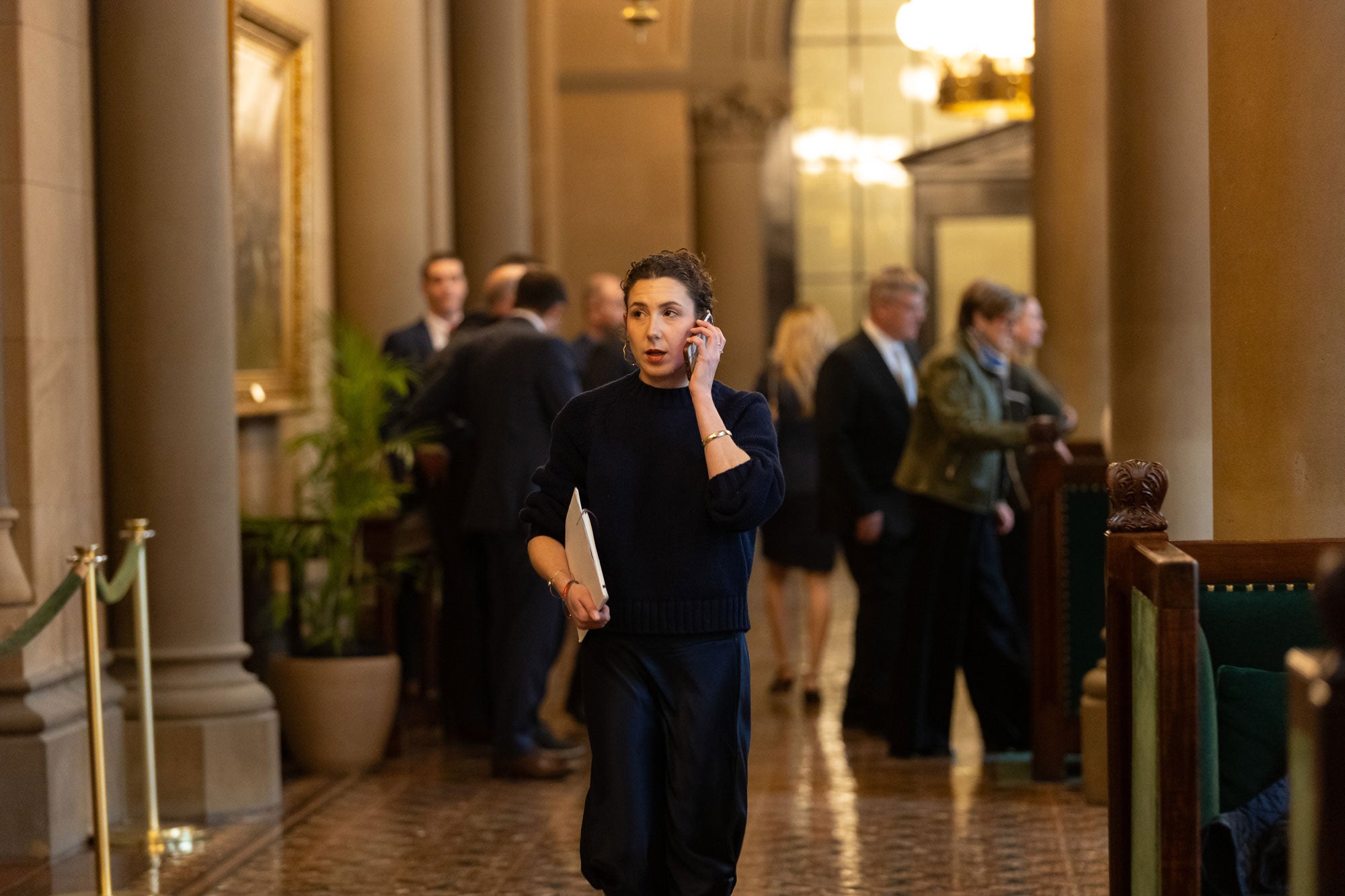
Defending NYC’s Clean Building Laws
- All-Electric Building Act: requires all new residential buildings to prohibit the use of fossil fuels and be all-electric by 2027. We and our partners began drafting the All-Electric Building Act in 2021, and the New York State legislature passed the act in May 2023. We defeated challenges to the act in 2024 and are working to defend our victory on appeal.
- Local Law No. 154 - Building Electrification: prohibits the on-site combustion of fuels that emit more than 25 kilograms of carbon dioxide (equivalent to the annual emissions from six gasoline-powered cars) in new construction. It will vastly improve efficiency for water heaters, cooking ranges, and clothes dryers. We defeated challenges to the law in 2024 and are working to defend our victory on appeal.
- Local Law No. 97 - Sustainable Buildings: creates emission reduction deadlines for most buildings over 25,000 square feet. We’ve defended the law since it was passed in 2019. Most recently, we and our partners helped defeat a challenge in June 2025.
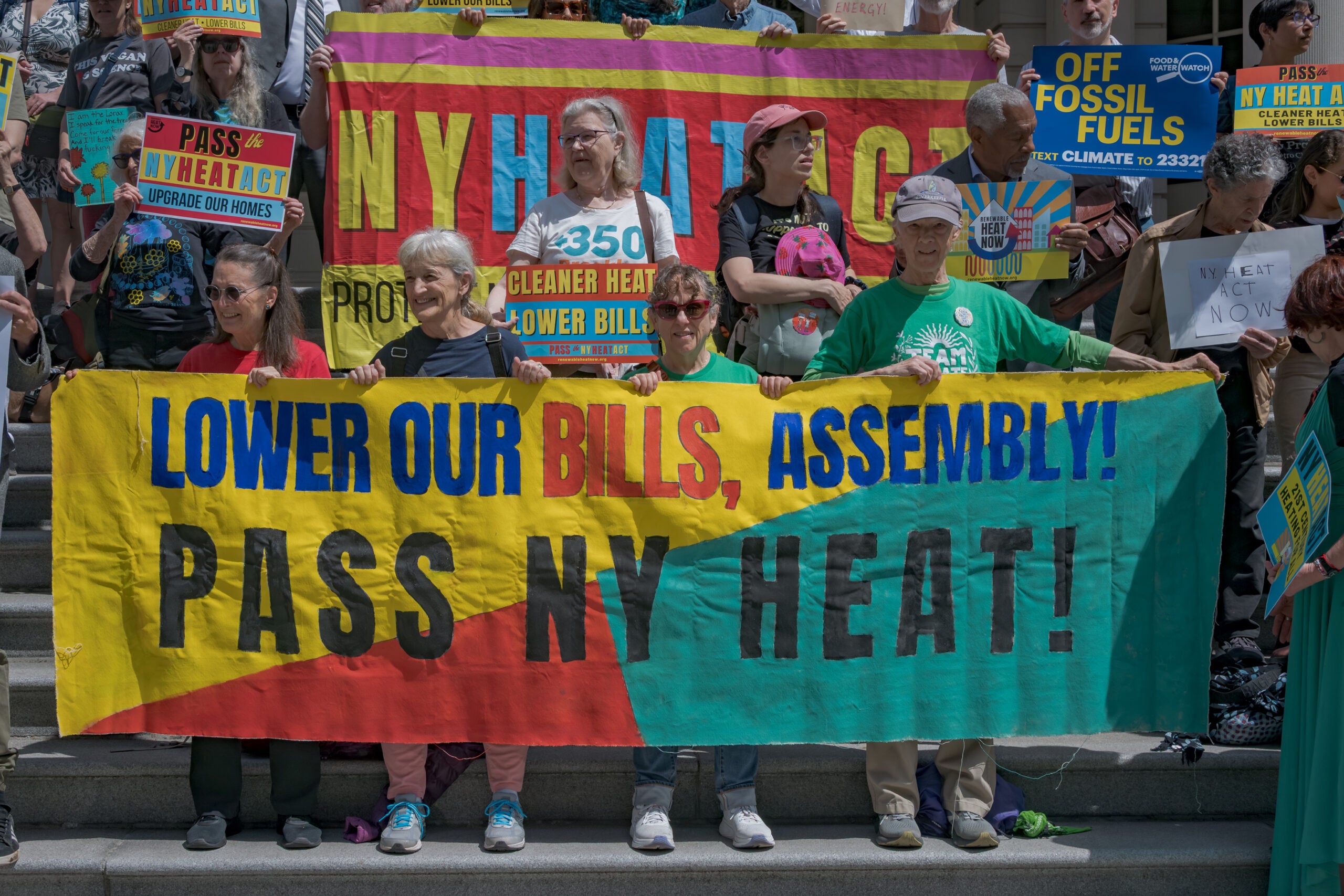
Clean Air & Water
Reducing Diesel Pollution at the Port of Newark. We are working in coalition with Clean Water Action, Environmental Defense Fund, Ironbound Community Corporation, New Jersey Environmental Justice Alliance, and South Ward Environmental Alliance to advocate for a specialized rule to reduce emissions from trucks and other indirect sources of pollution from warehouses and ports in New Jersey. Known as an indirect source rule, it would require warehouses and other epicenters of truck activity to reduce pollution associated with their facilities. Switching from diesel to electric trucks has been a key solution for a similar rule in California.
A successful indirect source rule would immensely improve air quality. Residents of Newark and other adjacent cities are particularly impacted by the emissions from roughly 14,000 diesel drayage truck trips per day through the narrow, residential streets of their communities. Port Newark-Elizabeth is the principal container ship facility for goods entering and leaving the entire northeast quadrant of North America, behind only the Port of Los Angeles-Long Beach as the busiest marine port in the nation.
On another front, Earthjustice is providing legal support to the Coalition for Healthy Ports NY NJ as they fight for other measures to clean up the air, water, and other impacts from the operation of Port Newark-Elizabeth. The Coalition comprises longtime partners, including local environmental, labor, faith, environmental justice, and business organizations.
Back-to-Back Drinking Water Wins in NY. Owasco Lake, one of the Finger Lakes, is a major drinking water source for 45,000 people. It suffers from harmful algal blooms caused largely by nutrient-rich agricultural runoff, like manure. Algal blooms are a sudden increase in the population of algae in an aquatic system and produce dangerous cyanotoxins, which can cause serious liver damage and may be carcinogenic. When the New York Department of Health (DOH) decided to roll back protections from agricultural runoff for Owasco Lake, we filed two lawsuits and prevailed in both. The outcomes of the lawsuits reaffirm the authority and responsibility of the DOH — and New York State — to issue rules and regulations to protect drinking water sources from contamination, including agricultural runoff. The case also resulted in an order for the DOH to work with our clients to draft updated drinking water rules that require farming operations to do more to control runoff into Owasco Lake. If issued, these rules will provide a template for state and local officials to take action to preserve New York’s drinking water sources.
The court also invoked New York’s recently enacted and already promising constitutional Environmental Rights Amendment in rejecting the DOH’s argument that our clients lacked a right of action, also known as standing, to challenge agency decisions to rollback environmental rules. The court affirmed that our clients are within their rights fighting for the “constitutional right of New Yorkers to clean drinking water, and a healthful environment.” Earthjustice is continually exploring strategies to build out case law that will give the Environmental Rights Amendment more power. We are thrilled that several judges in the state seem willing to help do so.
Protection from Toxics
Challenging Sewage Sludge Incinerator Plant in Saratoga. We successfully challenged the proposed Saratoga Biochar Solutions plant, which would have incinerated sewage sludge and other organic material to convert it to “biochar” intended for agricultural uses such as soil amendments. Due to widespread PFAS contamination of sewage sludge, the incineration process creates risk of further PFAS emissions into air and water bodies, as well as other toxic emissions like NOx, combustible dust, caustic odors, and other impacts that would fall on the neighboring environmental justice community. We represented the Clean Air Action Network of Glens Falls, a local environmental group whose members live and work near the site. Our detailed comments to the agency, which over 70 environmental and community groups joined, led to denial of required solid waste and air permits for the facility.
Coal Ash Cleanup in Pennsylvania. The Scrubgrass Power Plant, a waste coal plant located along the federally designated wild and scenic Allegheny River, has generated millions of tons of coal ash. Among many violations of rules regarding coal waste disposal, the company had an unlawful pile of up to 325,000 tons of waste coal ash. Since at least 2020, the plant’s mountain of coal ash has towered over buildings and enveloped trees and telephone poles. Despite identifying many violations, and despite the absence of any requirements to monitor groundwater and surface water, the state environmental regulators gave Scrubgrass a lax four years to remove the ash pile and required no interim safeguards to prevent contamination in the meantime. But not anymore.
On behalf of our clients, Scrubgrass Creek Watershed Association and Citizens for Pennsylvania’s Future, we recently concluded a favorable settlement before the Pennsylvania Environmental Hearing Board. Under the settlement, Scrubgrass will accelerate cleanup by removing most coal ash on site within 14 months, to be completed by September 2026. Scrubgrass will also take measures to restore the dump site by rebuilding diversion ditches and earthen berms to direct the flow of runoff; adding coal ash water monitoring parameters to its pollution permit; installing and monitoring a new groundwater well; and reporting to us — and to regulators — on its progress. We will be watching closely to ensure they adhere to the agreed-upon timeline.
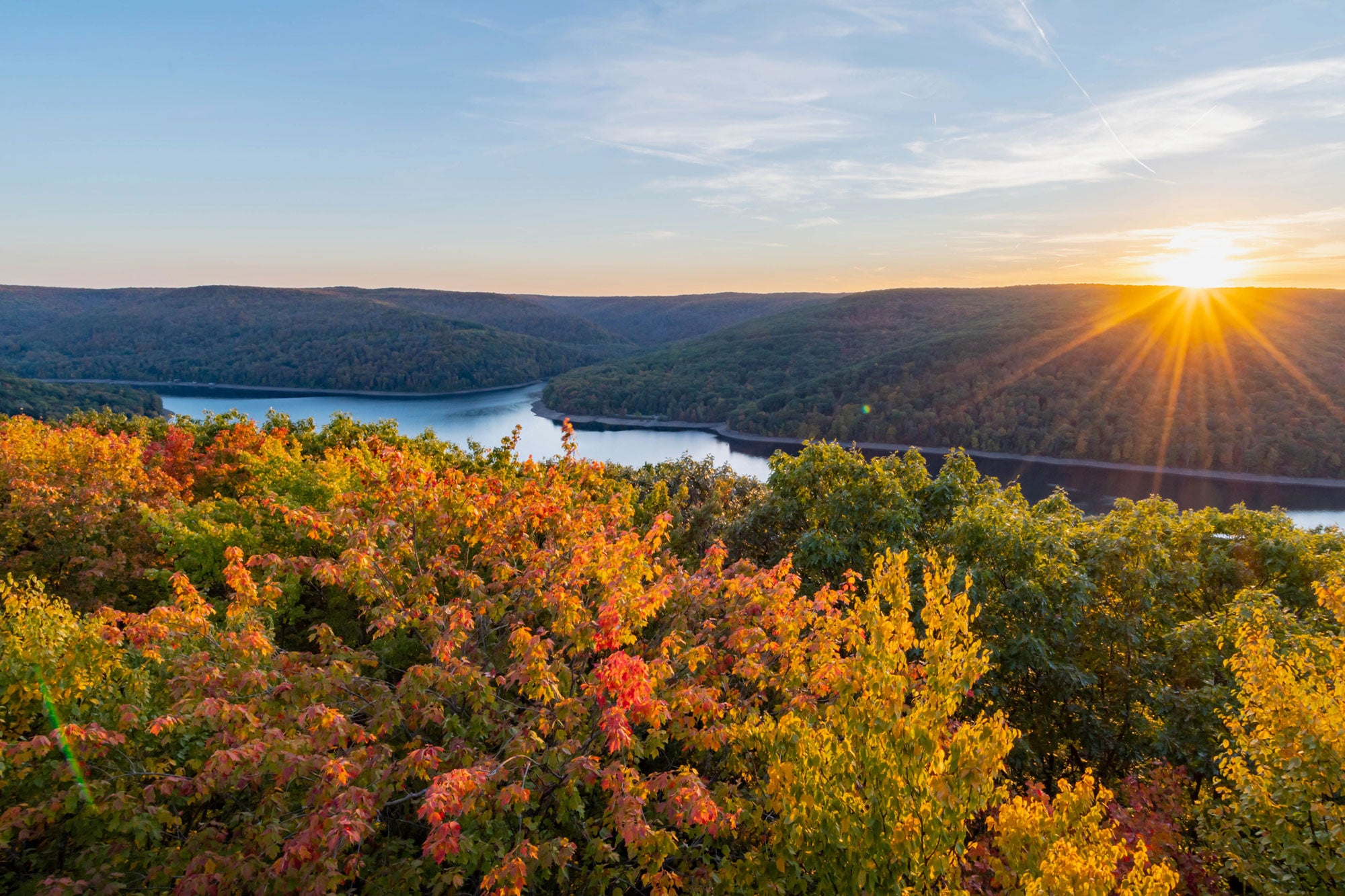
Bringing the Fight
Since day one, the Trump administration has been throwing punches at climate progress in the Northeast. But it’s not landing them. One target is the popular — and over five years in the making — NYC Congestion Pricing Rule. The benefits since January 2025 have been immense, including an 11% reduction in particulate matter levels, and 400,000 fewer vehicle miles traveled each day in Manhattan. We’re suing the government to defend the rule. We are also helping to challenge the Trump administration’s attack on wind energy, which would hobble an extremely successful renewable energy source for the region. Our partners, including the trade group Alliance for Clean Energy New York, are making a powerful case. We submitted an amicus brief to support them.
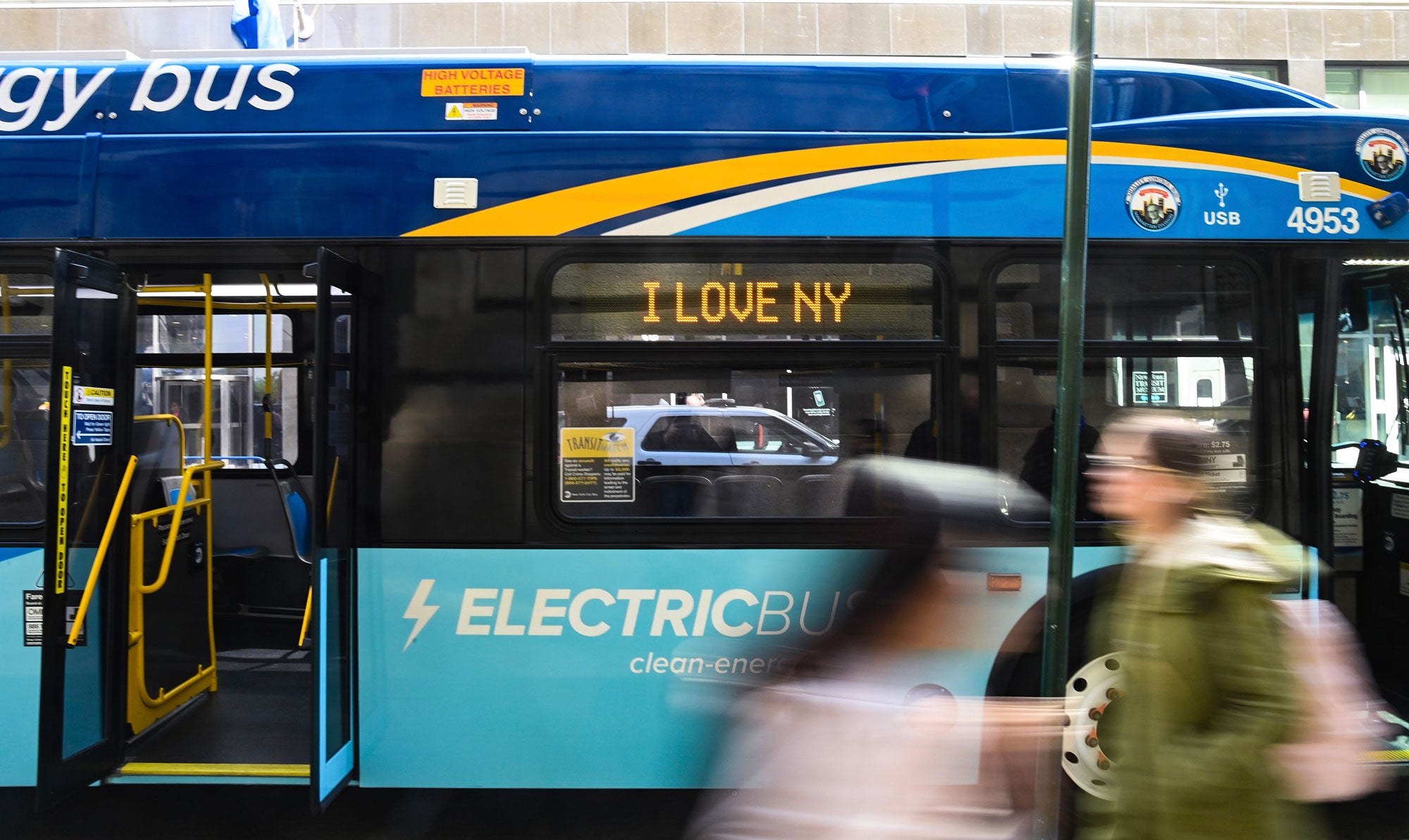
Thank You
Increasingly, litigation — supported by pointed policy and communications — is proving itself the backbone for countering the lawless agenda of the Trump administration. And this is what Earthjustice does best. Our work is amplifying the legal and factual arguments, the policy and lawmaking, and the community support for strong environmental regulation and urgent climate action. In the Northeast, as in many regions across the country, our work is helping to keep us moving forward in the fight for environmental and climate justice, clean air and water, and the right to a healthy environment for all. Thank you for being part of it.